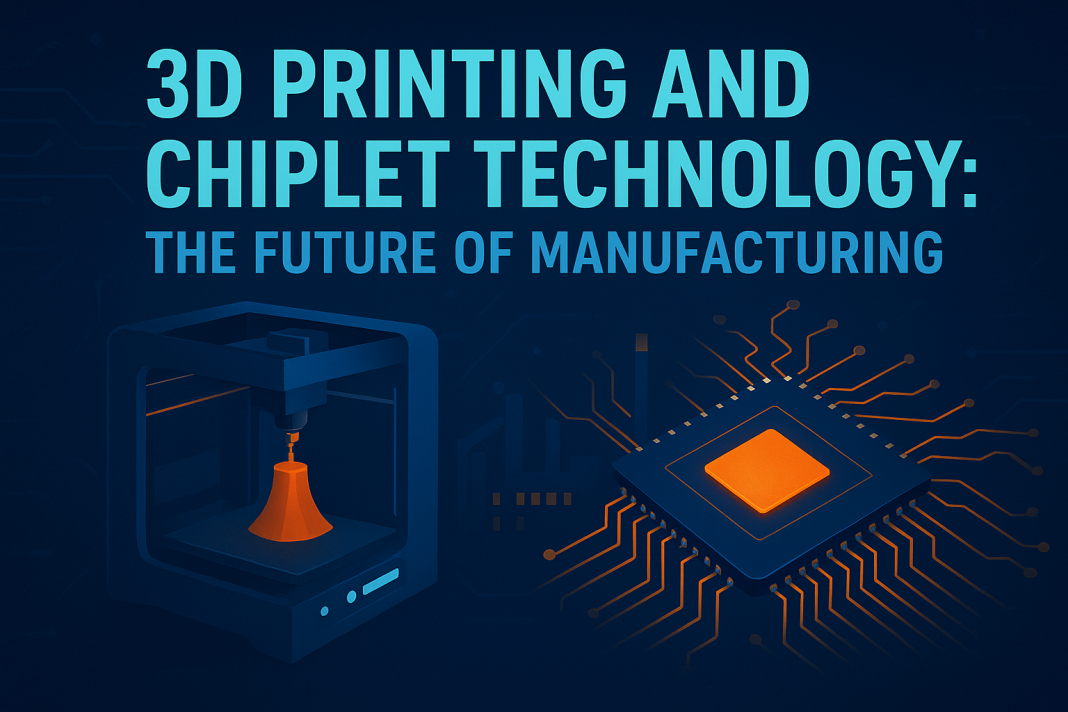Introduction
The future of clean energy, electric vehicles, and portable devices depends on one thing—better batteries. Traditional lithium-ion cells are reaching their limits, and next-generation battery technology is stepping in to reshape industries. From solid-state batteries to graphene innovations, advanced materials are unlocking safer, faster, and more powerful energy storage solutions.
Why Next-Generation Batteries Matter
Today’s world runs on energy. Yet, lithium-ion batteries face challenges like safety risks, limited lifespan, and slow charging. That’s where new materials and designs are changing the game:
- Higher energy density means longer-lasting devices.
- Faster charging reduces downtime for EVs and gadgets.
- Improved safety lowers the risk of overheating and fires.
- Sustainability ensures reduced dependence on rare metals.
Solid-State Batteries: The Big Leap
Solid-state batteries replace liquid electrolytes with solid ones. This simple change makes them safer, more compact, and more powerful.
- Benefits: Higher capacity, longer lifespan, no leakage.
- Challenges: High cost and difficulties in large-scale manufacturing.
- Example: Toyota and QuantumScape are investing heavily in bringing this tech to market by 2027.
The Role of Advanced Materials
Breakthroughs in materials science are at the core of next-gen batteries. Some leading contenders include:
Graphene
Graphene’s conductivity makes it ideal for ultra-fast charging batteries. Companies are already experimenting with graphene anodes to reduce charging time from hours to minutes.
Silicon Anodes
Replacing graphite with silicon in anodes can increase battery capacity by up to 10 times. However, silicon expands during charging, which researchers are working to control.
Lithium-Sulfur Batteries
With higher theoretical energy density than lithium-ion, lithium-sulfur batteries promise cheaper and lighter options for electric aviation and large-scale energy storage.
Real-World Applications
Next-generation batteries aren’t just lab experiments—they’re shaping industries:
- Electric Vehicles: Longer range and faster charging make EVs more practical.
- Renewable Energy Storage: Solar and wind power become more reliable with efficient storage solutions.
- Consumer Electronics: Smartphones, laptops, and wearables last longer on a single charge.
- Aerospace: Lightweight, high-capacity batteries reduce costs for satellites and drones.
Challenges and Future Outlook
Despite huge promise, next-gen batteries face hurdles:
- Scalability: Producing advanced materials affordably is tough.
- Durability: Many prototypes degrade faster than expected.
- Infrastructure: Charging networks must adapt to faster charging tech.
Still, global investment is pouring into research, and breakthroughs are expected within this decade.
Conclusion
Next-generation battery technology and advanced materials are setting the stage for a cleaner, smarter, and more connected future. From solid-state breakthroughs to graphene and lithium-sulfur designs, these innovations are redefining what’s possible in energy storage. The future isn’t just about powering devices—it’s about powering progress.
Related Reading
- Green Technology and Renewable Energy Solutions for a Sustainable Future.
- Biotechnology and Nanotechnology Innovations Driving Modern Science.
- Quantum Computing Breakthroughs: From Research to Real-World Impact.
FAQs
1. What is the most promising next-generation battery technology?
Solid-state batteries are leading due to their safety, energy density, and durability.
2. Will graphene batteries replace lithium-ion?
Not entirely, but graphene-enhanced batteries may become common in consumer devices and EVs.
3. How soon will we see next-gen batteries in everyday use?
Some models may appear by 2025–2030, starting with EVs and premium electronics.
4. Are next-generation batteries environmentally friendly?
Yes. Many designs use abundant, recyclable materials and reduce reliance on rare metals.
5. Can new batteries lower the cost of electric vehicles?
Over time, improved efficiency and reduced material costs should make EVs more affordable.




